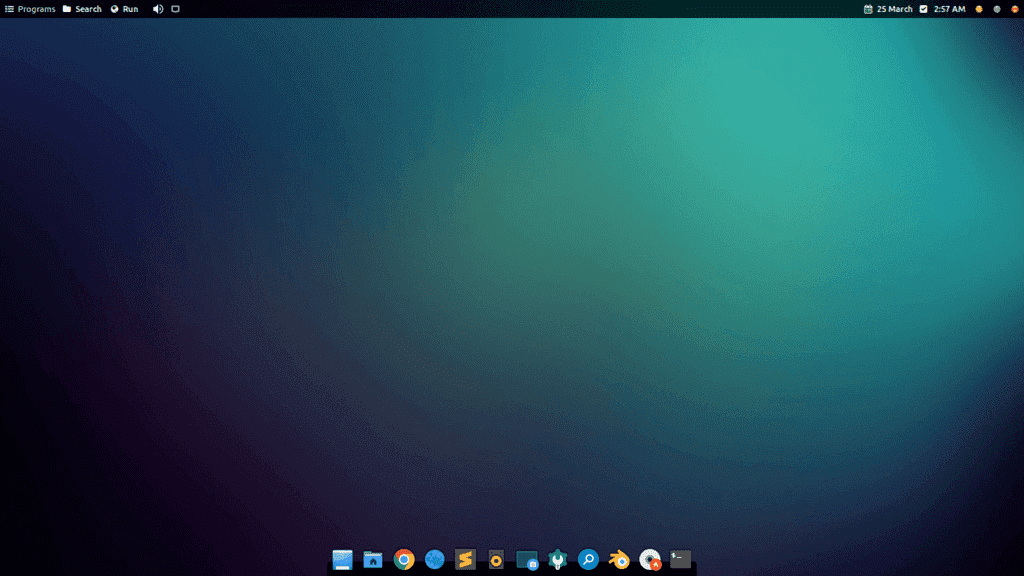A Few Linux Distributions

My devices have seen numerous Linux distributions over the course of my computing journey. A Linux distribution is an operating system built around the Linux kernel. Many new comers to the Linux community are evangelised in, but others come in from a lack of computing freedom.
I’m of the latter camp. If you are a new comer to the Linux community, then
choose the first distribution that suits your fancy. Don’t waste time
determining which is best. To put it bluntly — arguments of the “best” are
Programmers and computing enthusiasts enjoy dictating how software should be used. Terms such as “best practices”, and “anti-patterns” pop up frequently — ignore them for the most part. In time, you’ll be able to discern if such advice warrants a change in operating systems, use cases, or specifications. That being said, here’s my personal review of a few Linux distributions used over the years.
Ubuntu
Ubuntu is probably the most well known distribution as it
is backed by the company Canonical. This was my first ever Linux distribution,
and most new users often end up here. If casual computing is the goal then it’s
an okay distribution. Occasionally the business interests of Canonical clash
with the user base, motivating some to other distributions. The updates are
apt and snap.
In the server world Ubuntu is also popular. You can be assured that many companies run Ubuntu as production servers. My reason for keeping Ubuntu around is due to its popularity in production.
Debian
Debian is a distant cousin to Ubuntu. This is the
only distribution that one can install on a
 A
typical set and forget Debian desktop
(
A
typical set and forget Debian desktop
(XFCE)
apt.
You can’t go wrong using Debian as a server in production. The conservative package repository boasts exceptional reliability at the cost of lacking the latest features.
Arch
Arch is a popular distribution that is best known
by its Arch Wiki and
Arch User Repository (AUR). The package
repository is expansive and bleeding edge. Arch adheres to the
pacman.
Using Arch as a production server is frowned upon, but can be done. A production
Arch server
Manjaro
Manjaro is an Arch based distribution with the aim of
being more user friendly. Many casual users enjoy this Linux distribution. It’s
a feeder distribution into the Arch philosophy. The updates are rolling release
and the package managers are pacman and pamac.
Void
Void is sometimes referred to as a
xbps.
Alpine
Alpine is a lightweight security focused
distribution. Personally, Alpine is superior to all other distributions in terms
of size, simplicity, and productivity. Alpine is not user desktop oriented, but
for servers it is the dream. If you have a choice, use Alpine as a server. The
updates are both rolling and fixed and the package manager is apk — probably
the fastest and simplest package manager to date.
CentOS (Rocky Linux)
CentOS, soon to be
Rocky Linux is an enterprise oriented distribution
backed by Redhat. CentOS is inherently stable and conservative due to its focus
on the enterprise use case. Business types prefer safe options, so you’ll only
tend to see this system running at companies and corporations as CentOS or Red
Hat Enterprise Linux (RHEL). The updates are fixed and the package managers
are yum and dnf.
NixOS
NixOS is a new
This is my least recommended Linux distribution because some use cases require
extensive knowledge of how a typical Linux operating system works. The
abstraction is not intuitively consistent and you must know how to fix an
underlying problem when it breaks. When you don’t have to fight the abstraction,
it’s truly a computing dream come true. The updates are both rolling and fixed
and the package manager is nix.